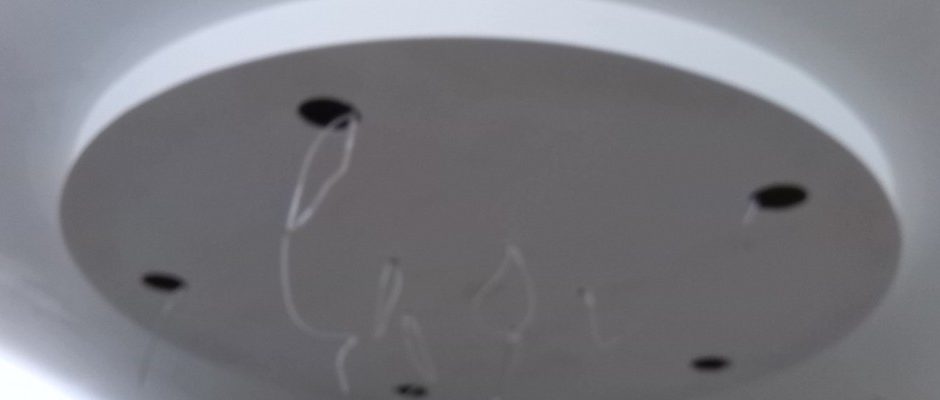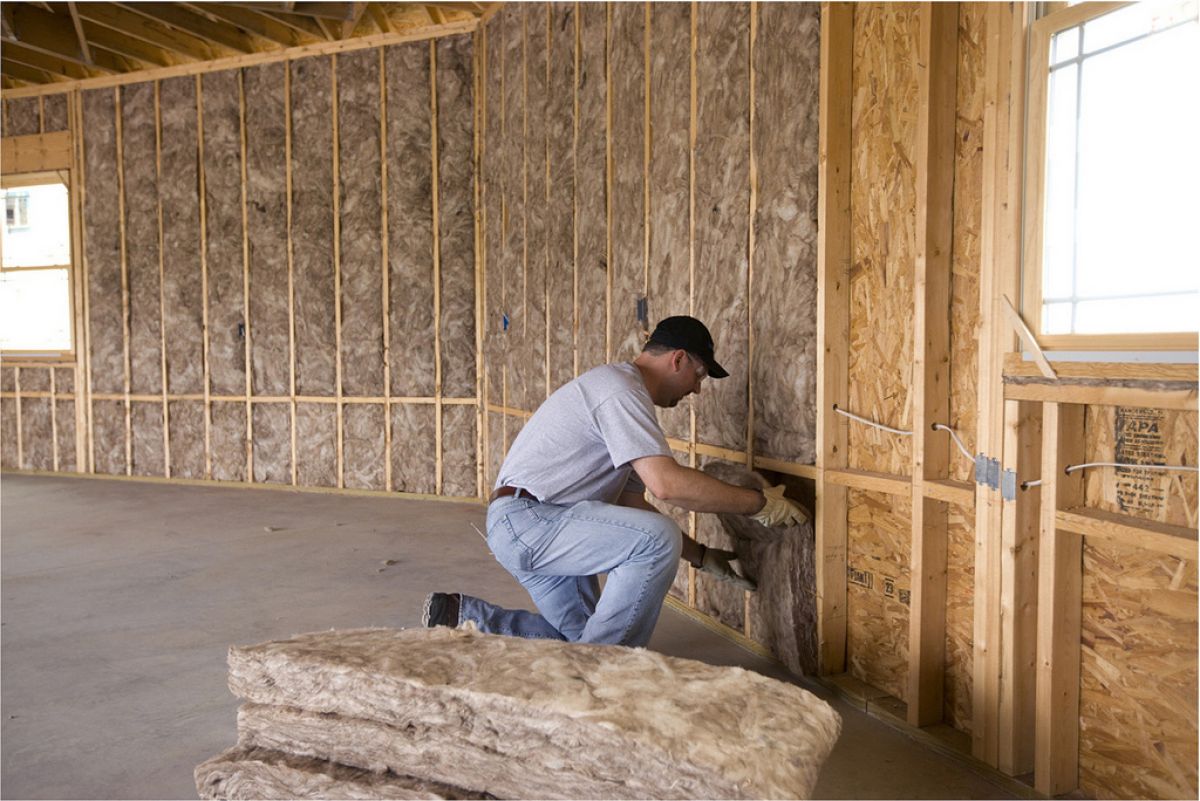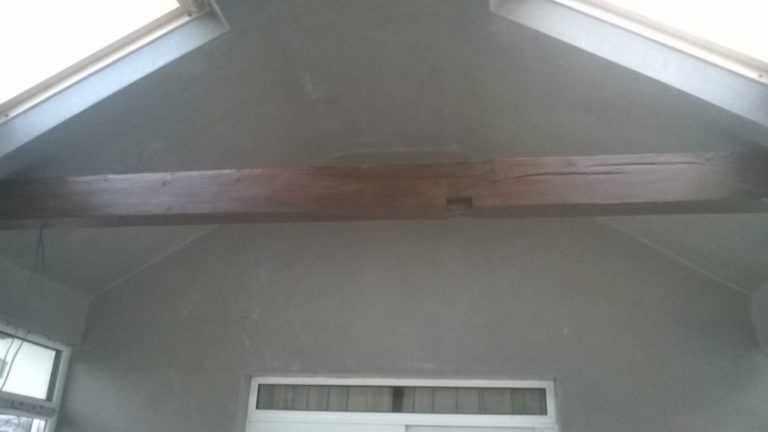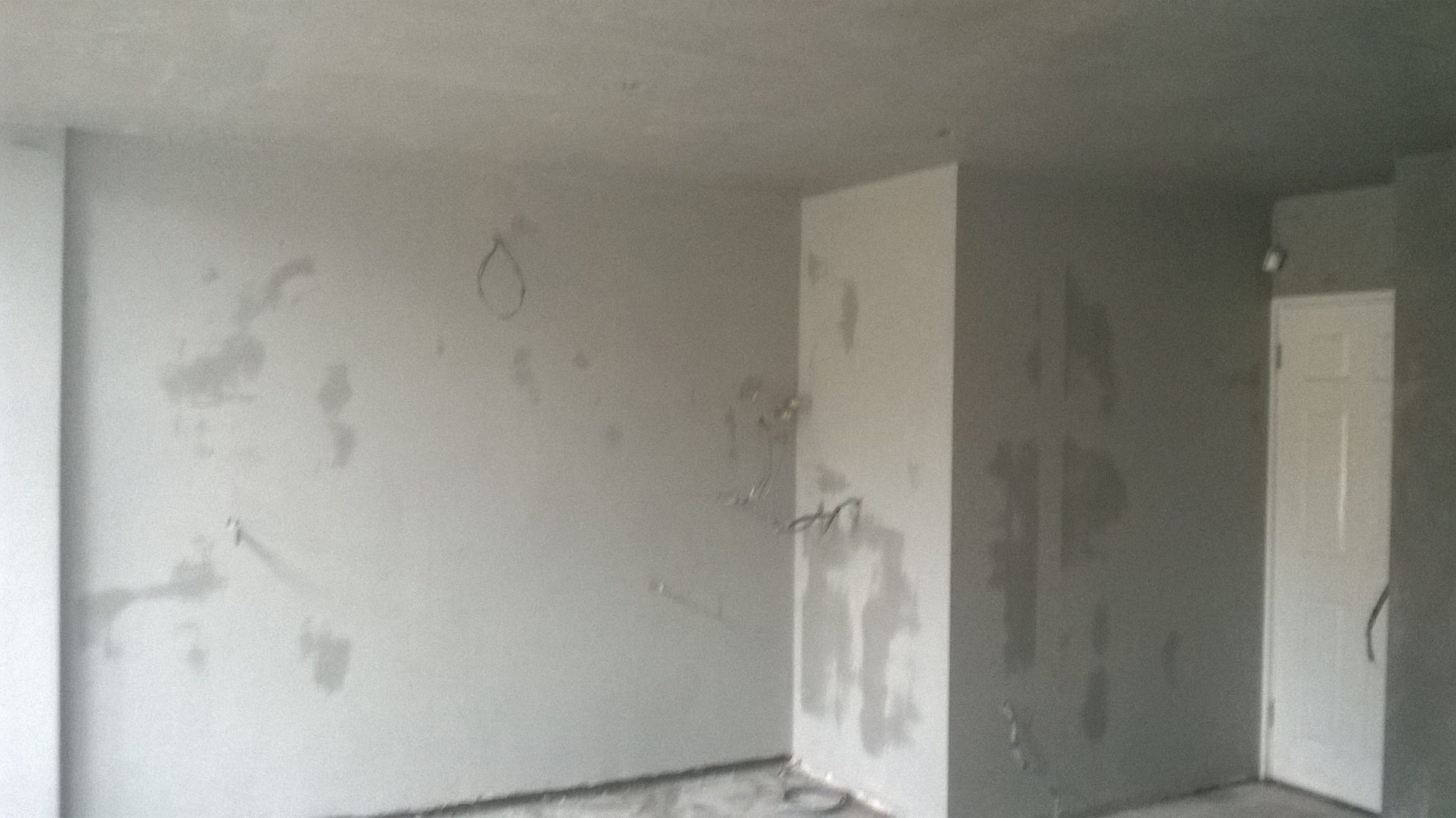The Ultimate Guide to Artexting, Taping and Jointing for a Flawless Finish
When it comes to achieving a seamless and flawless finish in interior construction, artexting, taping, and jointing play pivotal roles. Whether you are a seasoned professional or a DIY enthusiast, mastering these techniques is essential for creating smooth and visually appealing surfaces. This comprehensive guide will walk you through the intricacies of artexting, taping, and jointing, providing valuable insights and practical tips to help you achieve impeccable results.
Understanding Artexting
Artexting involves the application of specialized materials to create textured finishes on walls and ceilings. This technique allows for the creation of unique patterns and designs, adding depth and character to interior spaces. From subtle textures to bold artistic expressions, artexting offers a versatile range of possibilities for enhancing the visual appeal of any room.
Materials and Tools
To embark on an artexting project, you will need a variety of tools and materials, including:
- Texturing compound
- Trowels and spatulas of different sizes
- Texture rollers or brushes
- Protective gear such as goggles and gloves
Mastering Taping Techniques
Taping is a crucial step in the process of preparing drywall for finishing. Proper taping ensures that joints and seams are seamlessly integrated, laying the foundation for a flawless end result. By understanding the nuances of taping, you can eliminate visible imperfections and achieve a polished surface ready for further treatment.
Essential Supplies
Before commencing the taping process, gather the following supplies:
- Drywall tape (paper or fiberglass mesh)
- Joint compound
- Taping knives of various widths
- Sandpaper or sanding blocks
Achieving Seamless Joints with Jointing
Jointing is the art of concealing joints and imperfections to create a uniform surface. Whether you are working on new drywall installations or repairing existing surfaces, mastering jointing techniques is essential for achieving a professional finish. By employing precision and attention to detail, you can transform uneven surfaces into sleek, seamless expanses.
Key Practices
To excel in jointing, focus on the following practices:
- Feathering out joint compound for smooth transitions
- Properly sanding and blending edges for a seamless finish
- Applying multiple thin layers of joint compound for optimal results
By honing your skills in artexting, taping, and jointing, you can elevate the aesthetic quality of any interior space. With dedication and practice, you will be able to achieve flawlessly finished surfaces that exude craftsmanship and attention to detail.In conclusion, artexting, taping, and jointing are indispensable techniques for anyone involved in interior construction or renovation projects. By delving into the intricacies of these processes and embracing the principles outlined in this guide, you can embark on your next project with confidence, knowing that you have the knowledge and expertise to achieve a flawless finish.





Can’t wait to try out these techniques on my next project! I’m confident that my walls will look like a million bucks.
I tried following the guide but ended up with a wall that looked like a Jackson Pollock painting. Maybe I should stick to crayons.
“Artexting, Taping and Jointing” are essential techniques for achieving a flawless finish. This guide provides comprehensive insights and practical tips to master these techniques.
I found this guide very informative. It clarified some of the concepts I was struggling with. Thanks for sharing!
The guide is well-written and provides some useful tips. However, it’s a bit too technical for the average reader. Maybe consider creating a more simplified version.
Wow, this guide is amazing! It’s like the holy grail of flawless finishes. I’m sure everyone who reads it will become a master overnight.
It’s important to note that these techniques require proper safety precautions. Always wear gloves and a mask when working with drywall compounds to avoid health hazards.
I agree with the techniques mentioned in the guide but the author seems to oversimplify the process. Achieving a flawless finish requires more skill and attention to detail than what is described here.
This guide is a joke! It’s full of useless information and doesn’t provide any real guidance. Don’t waste your time reading it.